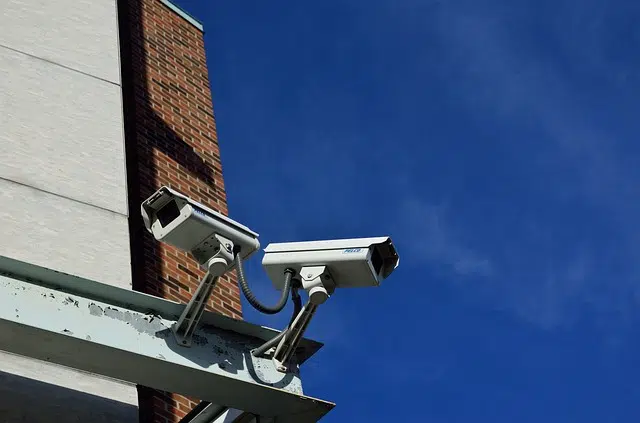
In a closed circuit television, images are broadcast that are intended for a limited number of viewers.
Circuit is a term that comes from the Latin circuitus and refers to the route in a closed curve, the previously established route that ends at the starting point or the land included within a perimeter. Closed , on the other hand, is something that has no way out or that is definitive.
The notion of closed circuit , therefore, refers to the interconnection of two or more components with, at least, one closed path . The closed circuit in electricity involves a set of sources, switches, resistors , semiconductors, inductors, capacitors and cables, among other components.
Thanks to the closed circuit, the flow of electric current circulates between the components. Generally, a circuit of this type has current producing or consuming devices interspersed.
closed circuit television
Closed circuit television , also known by the acronym CCTV ( Closed Circuit Television ), is a technology that allows you to view various environments for surveillance . Its name originates from the fact that the broadcast of images is intended for a limited number of viewers, unlike traditional TV.
It is possible to set up a closed circuit television with one or more filming cameras connected to one or more televisions or monitors, which are responsible for reproducing the images. If a recorder is added, videos can be stored.
Closed circuit television is common in companies . Many choose to install cameras at the entrance, reception, offices, factory and warehouse, with the monitors located in a special room in charge of a surveillance person, who must intervene or notify the police in the case of detect any strange movement.
Some features
Depending on the technology and the brand, among other factors, the cameras used to configure a closed circuit have very variable prices, and their features are also very different at each end of the range of alternatives. Cheaper equipment usually offers images every few seconds, rather than an uninterrupted video sequence, although this does not always depend on the camera used.
When monitoring is remote, that is, one or more people take on the task of observing all the movements of a home from another geographical point, the fluidity of the images responds in part to the speed of the Internet connection available at the desired location. watch yourself On the other hand, it is worth mentioning that even in cases where normal videos are sent, there is a certain delay, since the information must travel from one place to another.

Closed circuit television allows surveillance and control tasks to be carried out.
Closed circuit television and connectivity
Although today many cities already have 100Mb/s connections, there is still a large percentage of the world's population that barely exceeds 3Mb/s; Furthermore, signal stability is usually quite poor for most Internet users, and this is directly related to the technology offered by the service provider, but also to issues such as saturation and weather.
Therefore, even in an era in which many enjoy high- quality streaming videos, it is not a general situation, and this is also reflected in the surveillance systems of small and medium-sized companies, which rely on technology. outdated.
In addition to the fluidity of the images, a very important factor of closed circuit television is their quality. It should not be forgotten that to know in detail the movements of a commercial premises, for example, a place where there are usually many people over several hours, it is necessary to have a good resolution, a good refresh rate and a compression system. that does not cause significant losses in the panels.
